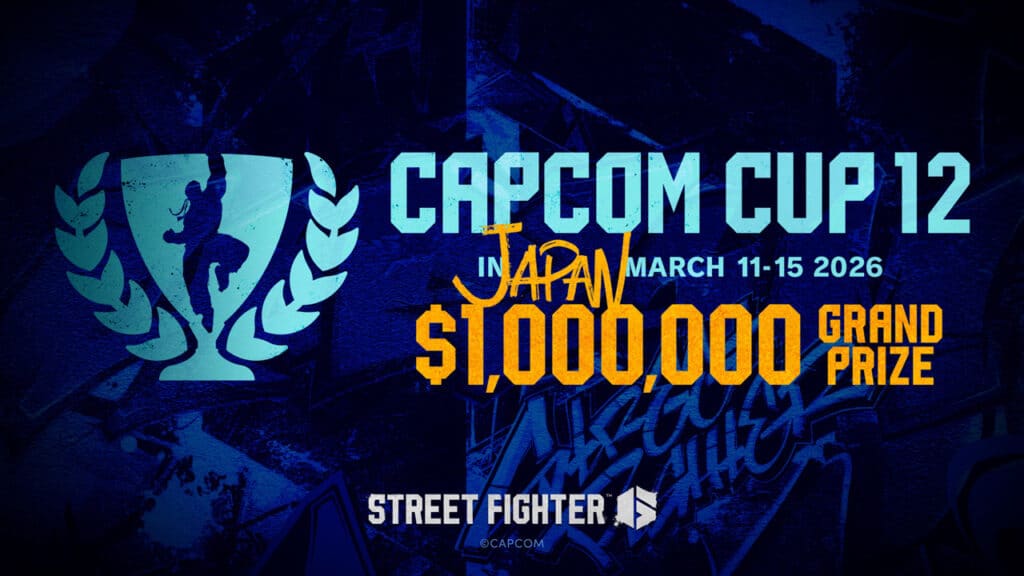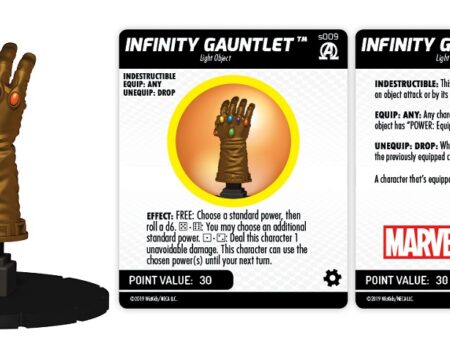A controversial decision to gate the biggest Street Fighter 6 events behind a paywall ignites a fiery debate over esports accessibility, community culture, and corporate monetization.

The global Fighting Game Community (FGC) is no stranger to heated debates – often over tier lists, character balance, or even controller preferences. However, a recent announcement from Capcom has sparked an entirely different kind of uproar, one that strikes at the very heart of esports accessibility and community engagement: a shift to a pay-per-view (PPV) model for its flagship events, the Capcom Cup 12 Finals and the SFL: World Championship.
On September 28th, an official announcement from Capcom Fighters on X (formerly Twitter) revealed that these highly anticipated events, scheduled for March 2026, would require a paid subscription to view live. While free replays are promised a week after the live broadcasts, the initial decision to gate the premier competitive Street Fighter 6 experience has been met with a near-unanimous wave of frustration and accusations of corporate avarice.
The Price of Progress? Community Questions Capcom`s Monetization Strategy
Street Fighter 6 has enjoyed a meteoric rise in popularity since its release, with viewership for major tournaments like Evo consistently breaking records. This surge has been a testament to both the game`s quality and the vibrant, often grassroots-driven, FGC. It seems Capcom, recognizing this burgeoning fanbase, decided it was time to put the community`s money where its mouth is. The community, however, appears to have other ideas about how that mouth should be fed.
For many, particularly in North America and Europe, the concept of paying to watch major esports tournaments is an anomaly. While common in some regions, such as Japan, the expectation globally has largely been free access, often monetized through in-game purchases, sponsorships, or platform ads. The FGC`s immediate reaction highlighted this cultural disconnect.
“The rest of the world does not have Japan’s culture. This will be the biggest PR nightmare for your brand. Good luck with that.” – A frustrated FGC fan, encapsulating the sentiment.
This stark cultural contrast suggests a potential miscalculation on Capcom`s part regarding the global esports landscape. What works in one market doesn`t automatically translate to success, or even acceptance, in another.
Beyond the Paywall: The Erosion of FGC Culture
The backlash isn`t solely about the financial barrier. A significant concern revolves around the potential erosion of the FGC`s unique, community-driven culture. Historically, fighting game tournaments have thrived on co-streaming, watch parties, and shared viewing experiences. These elements are not just ancillary; they are integral to how the community engages with and grows its passion for the games.
Top Street Fighter 6 professional, Adel ‘Big Bird’ Anouche, voiced his bewilderment, stating, “This is a very surprising and weird decision from Capcom. This isn’t going to be a positive thing for them.” He further elaborated on the impact on community interaction:
“They should’ve just banned restreams from non-authorized channels and kept it the same.”
This sentiment highlights a crucial point: legitimate concerns about unauthorized restreams could be addressed without alienating the entire fanbase. A pay-per-view model effectively stifles the organic growth and shared excitement that co-streaming and community events foster, transforming a communal celebration into a solitary transaction.
Alternative Paths to Profit: A Win-Win for Capcom and the Community?
Amidst the criticism, the community hasn`t been short on constructive alternatives. One widely discussed suggestion involved selling exclusive in-game items, such as special costume packs or character skins, specifically timed with the events. This approach would provide a direct revenue stream for Capcom and the esports ecosystem, while simultaneously offering fans something tangible and exclusive to purchase – all without locking away the primary content from general viewership.
Such a model would align with established practices in other successful esports titles, demonstrating that monetization and accessibility need not be mutually exclusive. It allows fans to contribute financially if they choose, while keeping the core experience open, fostering continued growth and engagement.
Capcom`s Move: A Test of Resolve or a Sign of Retreat?
As the debate rages, all eyes are on Capcom. The intensity of the community`s reaction suggests that proceeding with the pay-per-view plan could indeed prove to be the “biggest PR nightmare” predicted by fans. The esports industry has seen developers backtrack on unpopular decisions before, often to mend fences with their dedicated communities.
While tickets are currently slated to go on sale November 12th, 2025, the possibility remains that Capcom might reconsider its stance in the face of such overwhelming negative feedback. The long-term health and growth of the Street Fighter esports scene rely heavily on its passionate community. Alienating that very community in pursuit of short-term revenue could prove to be a pyrrhic victory, indeed.
The coming months will reveal whether Capcom chooses to double down on its new monetization strategy or opts for a more community-friendly approach. For now, the FGC waits, watches, and voices its opinion, hoping their passion for Street Fighter 6 isn`t ultimately priced out of reach.









